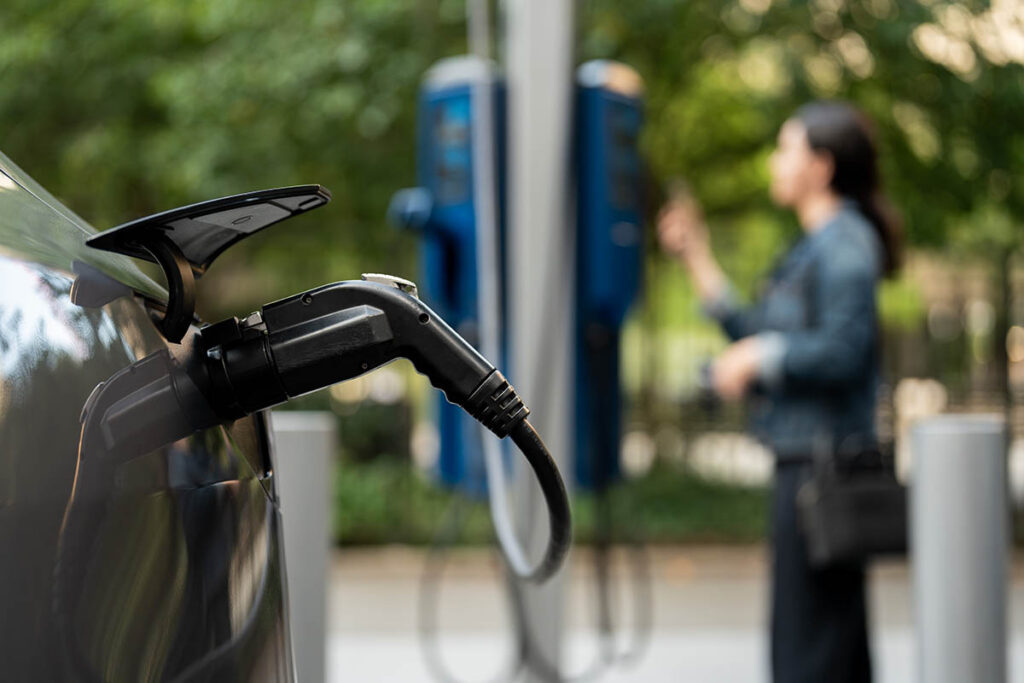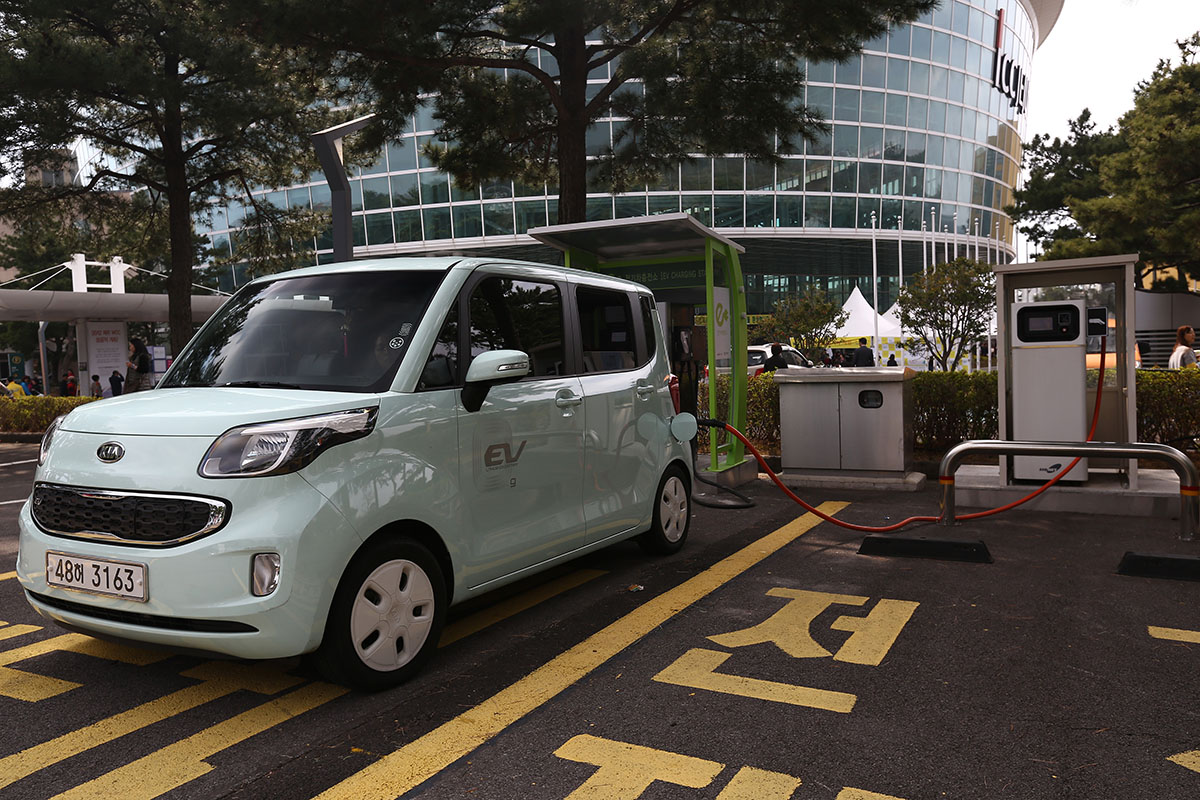PEV subsidies have become more expensive, but they remain important for increasing sales, particularly among lower-income groups. And while they have played a critical role in expanding plug-in electric vehicle (PEV) sales share, especially among less affluent buyers, there is a need for targeted incentives amid a debate over their cost-effectiveness.
Subsidies and PEV adoption
Since 2010, the US has offered a $7,500 tax credit for battery electric vehicles (BEVs) and up to $7,500 for plug-in hybrid electric vehicles (PHEVs), depending on battery capacity. The subsidies were meant to be temporary, a way to boost early demand until the nascent industry could manufacture more affordable vehicles at scale.
A recent paper published in Energy Economics by Rubal Dua and Omar Abdullah Alharbi from KAPSARC, along with Tamara Sheldon from the University of South Carolina, analyzed national surveys of US vehicle buyers from 2011 to 2017 to trace the impact subsidies have had on purchase decisions over time. The researchers found that subsidies prompted approximately 32% of US PEV sales in 2017. They were particularly effective among below-median-income consumers (earning less than $90,000 per year), as nearly half of their PEV purchases would not have been possible if not for the subsidies.
But subsidies have become costlier over time. For BEVs, subsidies per additional sale jumped from $14,000 in 2011 to $20,000 in 2017. That’s partly because higher-priced BEVs, like high-end Teslas, ate up a growing sales share. For below-median-income consumers, the subsidy was far more cost-effective. For that group, subsidies per additional BEV sale in 2017 were about $10,000.

The rising cost of incentives
Analyzing PEV subsidies in 23 countries from 2010 to 2019, Dua and Sheldon found that these subsidies can be costly for governments, ranging between $14,857 and $62,443 per additional PEV sold. Surprisingly, a significant portion of these subsidies ends up going to wealthy buyers who, while happy to take the subsidy, would have purchased a PEV even without it. The study is the most comprehensive analysis of PEV subsidies to date.
According to their findings, subsidies account for 24% of PEV sales, on average. One of the most successful countries was South Korea, where up to 54% of PEV sales were those that would not have occurred without subsidies. The researchers attribute this to price sensitivity in South Korean consumers and the cash amount offered, topping $7,000 in some years.
In terms of achieving reductions in gasoline consumption and production of CO2, the US subsidies were successful. The PEV subsidy policy ended up costing about $3.60 for every additional gallon of gasoline saved, while gasoline in 2017 was around $2.40 per gallon. This also meant it cost about $399 for each additional ton of CO2 avoided, which is more than double the estimated $190 in economic damage from releasing a ton of CO2. The initial cost of subsidies ranged between $1,200 to $3,900 per ton of CO2 avoided, but the medium-term cost-effectiveness improved by nearly 50%, dropping to about $700 to $2,400, according to the authors. They still cost much more than the economic toll of releasing an additional ton of CO2, estimated at $190.
Subsidies can be costly for governments, ranging between $14,857 and $62,443 per additional PEV sold. Surprisingly, a significant portion of these subsidies ends up going to wealthy buyers who, while happy to take the subsidy, would have purchased a PEV even without it.
“Subsidies increase PEV sales not only in the year they are offered, but also in subsequent years,” Dua explains. “This is due to spillover effects such as peer influence, in which one person’s purchase of a PEV affects another’s decision to buy their own.”
The future of PEV incentives
The findings make a case for maintaining targeted subsidies. That could keep the incentives in place for a longer period of time on the same budget, helping introduce PEVs to a broader demographic. In 2023, the US began imposing income caps of $150,000 for individuals and $300,000 for joint households. Qualifying sport utility vehicles (SUVs) and trucks must be priced at $80,000 or less, and other vehicles at $55,000 or less.
“Overall, our findings suggest that the US PEV market has not reached a point where the subsidies could be eliminated without any consequences,” Dua says. Instead, the researcher recommends focusing subsidies on lower-income consumers—for whom financial incentives could make a greater impact—and adopting policies that balance short-term costs with long-term benefits. Measures like vehicle price caps or income-based incentives could help improve the overall cost-effectiveness of these programs. While subsidies play a role in driving the PEV market, policymakers must carefully consider how they can be optimized to maximize environmental and economic returns.
Reference
Sheldon, T.L.; Dua, R.; Alharbi, O. A. How cost-effective are electric vehicle subsidies in reducing tailpipe-CO2 emissions? An analysis of major electric vehicle markets. The Energy Journal, 44 (3), 223–250, 2023. | Article




